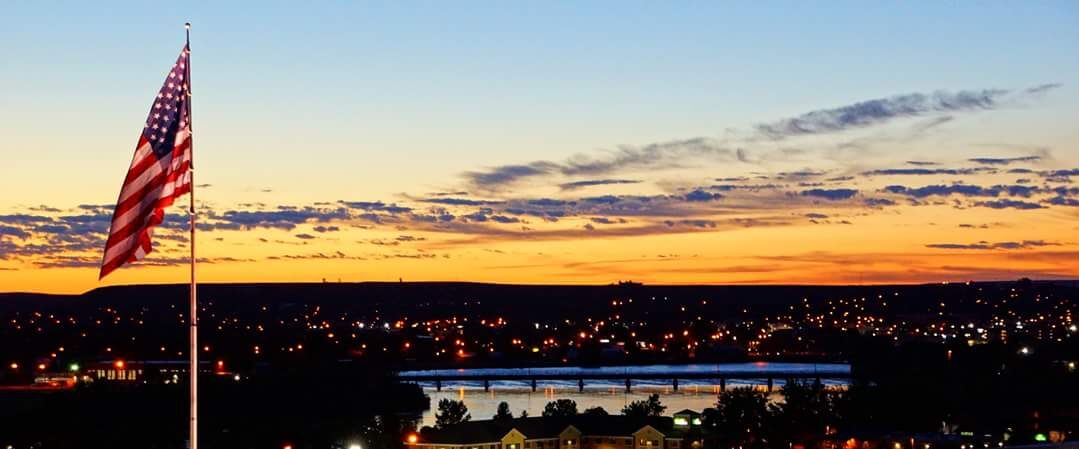________________________________________________________________________ Editors note: E-City Beat does not take a position on the CSKT Water Compact. We are posting this editorial in our ongoing mission to help our readers stay informed on state and local issues. We welcome any editorial submissions presenting the opposing side of this editorial. Legislative Committee Urges Federal Approval of CSKT…
Sneaky Trick
________________________________________________________________________ Who’s Hiding the Administrator Raises? At the August 6, 2018 Great Falls Public School District’s school board meeting, the trustees decided to delay a scheduled vote on a listed action item which would give school administrators a blanket 2% raise. After receiving citizen push back, the meeting turned contentious with administrators and board…
Who Is Jasmine Cassandra And Why Is She Trolling Rick Tryon?
________________________________________________________________________ Okay, so I was intrigued when I was informed by a friend this morning that someone was bashing poor old Ricky Tryon on the E-City Beat Facebook page. When I went and took a look and saw it was someone called Jasmine Cassandra my first impression was, “Who?”. But then I remembered that…
Local 4-H Enrollment Opens Online September 15
________________________________________________________________________ E-City Beat is pleased to share the following as a public service to local readers. PRESS RELEASE FOR IMMEDIATE RELEASE Contact: Jerrica Seilstad August 9, 2018 MSU Extension Agent, Cascade County 406-454-6980 Jerrica.seilstad@montana.edu CASCADE COUNTY 4-H ENROLLMENT OPENS ONLINE SEPTEMBER 15, 2018 www.mt.4honline.com Cascade County, MT—Enrollment for the 2018-2019 4-H year opens online…
Try Taking A Dog’s Dinner
________________________________________________________________________ Today’s education industrial complex charged with educating our children is big business, costing an estimated $620 Billion a year. The Great Falls Public Schools District, with an annual budget of $91 million, is part of that bigger complex. The taxpayers of Great Falls have supported our school system since 1886, and continue to…
Actions Scream. Words Whisper. Intentions Are Mute.
________________________________________________________________________ In a recent article posted in The Electric there’s a quote from Great Falls Mayor Bob Kelly that I found to be interesting…and very revealing. ‘Kelly said some people think the city discourages development. “When people say we don’t encourage, of course we do, of course we want development,” Kelly said. “We don’t…
Stepping In It
________________________________________________________________________ The Great Falls Public School District Just Doesn’t Learn We all understand that the GFPS District offices are located at a higher geographic elevation than the rest of Great Falls, but is the air so much more rarified that the administration’s judgement is clouded? Monday night the school board will consider, and likely…
Stumped?
________________________________________________________________________ Are you just plain stumped about the bad decisions made by the Great Falls Public Schools? Have you ever wondered why so many bad decisions have been made by the Great Falls Public School District? The school district administration seems to step in it every chance they get. These people are supposedly highly educated,…
Great Falls And Buck The Earless Dog
________________________________________________________________________ I find it interesting that when I point out some of the harsh realities going on in Great Falls the same old group of usual suspects wag their fingers and scold me for being “negative” and not focusing on the “positive”. It’s almost always the same folks doing the scolding who are partly…
Help The Children’s Museum Of Montana Find A New Home
________________________________________________________________________ We will be hosting a spaghetti dinner fundraiser at the Children’s Museum on September 23rd from 4-9pm at $10 a plate. Hope to see you there. For twenty years the Children’s Museum of Montana has proudly offered families and organizations an option outside of daycare and school to bring their children for quality…











